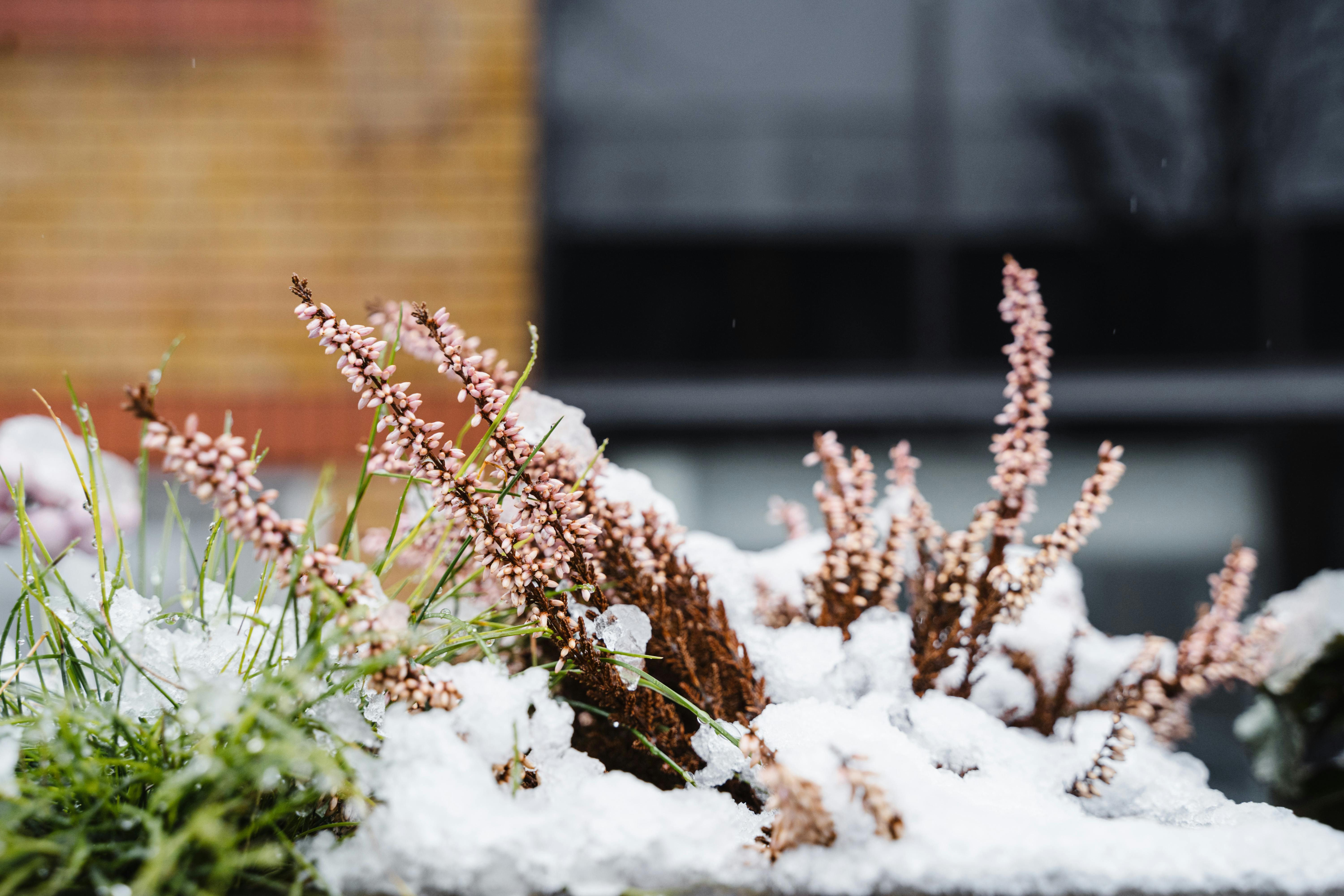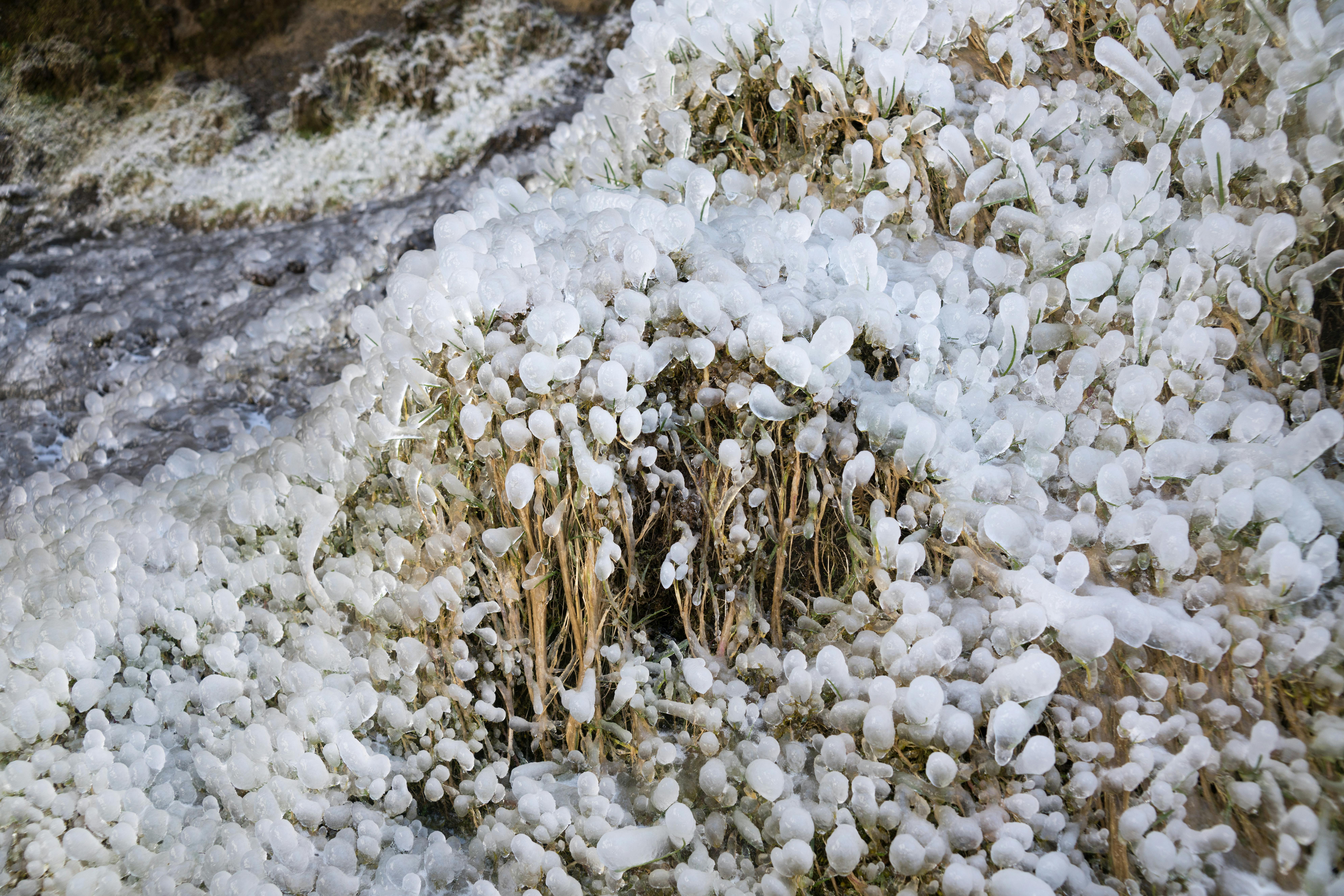Potted plants are a great way to spruce up your home or office, but it’s important to know what temperature is too cold for them. Knowing the right temperatures for your plants is essential in keeping them healthy and looking their best. In this article, we’ll discuss what temperatures are too cold for potted plants and what you can do to protect your plants from the cold.The ideal temperature for potted plants varies depending on the type of plant, but generally it is best to keep potted plants in temperatures between 65-75°F (18-24°C).
What Temperature Is Too Cold for Potted Plants?
Different plants have different temperature requirements, so it can be difficult to pinpoint an exact temperature that is too cold for all potted plants. However, generally speaking, temperatures below 40°F (4°C) can be detrimental to the health of most potted plants. In extreme cases, temperatures below freezing (32°F or 0°C) can kill the plant or cause significant damage.
It’s important to remember that some plants are more cold-tolerant than others and may be able to survive in colder temperatures. If you’re not sure what temperature is safe for your potted plant, it’s best to check with a local gardening center or specialist for advice. They can provide you with information about the specific needs of your particular plant species.
When it comes to protecting your potted plants from cold temperatures, there are several things you can do. Move your pot indoors when temperatures drop below 40°F (4°C). If this isn’t possible, try wrapping the pot in blankets or other insulating materials to help keep it warm. You should also avoid over-watering your plants during cold weather as this can increase their susceptibility to frost damage. Finally, ensure your pot has good drainage so that any excess water can escape and not freeze around the roots of the plant.
By following these tips and paying attention to the specific needs of each type of plant, you’ll be able to protect them from extreme cold and keep them healthy and happy!
Protecting Potted Plants from Extreme Cold Temperatures
Potted plants can be particularly vulnerable to extreme cold temperatures, especially if they are not properly cared for or protected. It is important to take a few simple steps to make sure that your potted plants survive even in the coldest of climates.
The most important step when protecting potted plants from extreme cold temperatures is to provide insulation. Adding a layer of mulch or straw around the base of the plant will help to insulate it from the cold air and keep it warmer. You may also want to consider covering the pot with a blanket or other insulating material during particularly cold nights.
Another way to protect your potted plants from extreme cold temperatures is to move them indoors or into a sheltered area. If you have an enclosed porch or shed, these can be great places for your potted plants as they will still be able to get some sunlight but will also be protected from harsh winds and freezing temperatures.
Finally, it is important to make sure that you are watering your potted plants regularly as this will help them stay healthy and better able to withstand extreme cold temperatures. Make sure that you are providing your potted plants with enough water but not too much as this could cause root rot and other issues in very cold weather.
How to Keep Potted Plants Warm in Cold Weather
Keeping potted plants warm in the cold weather can be a challenge. But with the right tools and techniques, it can be done. Here are some tips to help you keep your plants warm and happy during the winter months.
The first step is to provide adequate insulation for your plants. You can do this by wrapping them in a blanket or using an old tarpaulin or plastic sheeting. This will help keep the air around them warmer and reduce the risk of frost damage. You may also want to consider using a heating pad or hot water bottle, which will help keep your plants warm without drying out their roots too much.
Another important factor is to make sure that your potted plants are placed in an area that gets enough sunlight during the day. This will help them stay warm and allow them to photosynthesize, which helps keep them healthy and productive. If possible, try to place them near windows or doors that open up into the sun during the day, as this will help maximize their exposure to sunlight and warmth.
Finally, you should also make sure that you are watering your plants regularly during the winter months. Even though it might seem counterintuitive, providing water can actually help keep your potted plants warm since it helps absorb heat from the air around it. However, be sure not to over-water, as this can cause root rot and other issues with your plants.

Heating and Cooling Options for Potted Plants
Potted plants require a range of temperatures to survive and thrive, depending on the type of plant you have. To ensure that your potted plants stay healthy, it is important to provide them with the correct heating and cooling options. Heating and cooling options allow you to provide your plants with specific temperatures that will promote growth and health. Here are some of the most common heating and cooling options for potted plants:
The most basic option is simply moving the pot into a sunnier or shadier spot. Depending on the type of plant, this can help regulate their temperature. Make sure not to move your potted plants too often, as this can cause shock or stress to the plant.
If you don’t want to move your potted plants around, then you can use a fan or heater. Fans can be used to help cool down a room if it is too hot for your potted plants. Likewise, heaters can be used in cooler climates to keep your potted plants warm enough. Both fans and heaters should be regulated so that they are not blowing excessively hot or cold air directly onto your plant.
Finally, you can also consider investing in specialised heating mats designed specifically for potted plants. These mats are placed underneath the pot and will regulate the temperature from below. This helps ensure that the temperature stays consistent throughout the day and night without having to manually adjust it yourself.
Different Types of Plants Require Different Temperatures
Different types of plants have different temperature requirements for optimal growth. For example, some plants prefer warm temperatures, while others thrive in cooler environments. Tropical plants, like orchids, need temperatures between 65 and 80°F (18 to 27°C) during the day and 10°F (5°C) cooler at night. Cacti and succulents prefer warmer temperatures between 70 and 90°F (21 to 32°C), but can survive in lower temperatures for short periods of time. On the other hand, temperate-climate plants like roses favor milder environments of 50 to 60°F (10 to 16°C).
Plants that live in arid climates such as cacti and succulents have adapted to survive in hot and dry conditions. They need a lot of light and thrive in warmer temperatures between 70 and 90°F (21 to 32°C). These plants also require little water, as they store moisture within their leaves or stems.
In contrast, plants that live in wetter climates such as ferns and mosses require moist soil and cooler temperatures between 50 and 60°F (10 to 16°C). These plants need more water since they cannot store it within their leaves or stems like desert plants do.
It is important to understand the temperature requirements for your particular type of plant before deciding where to place it in your home. If you choose a spot with too-high or too-low temperatures, your plant may struggle or even die. Make sure you research the optimal temperature range for your plant so it can thrive!
Effects of Low Temperatures on Plant Growth
Low temperatures can have a significant effect on plant growth. Plants rely on the warmth of their environment to sustain their growth and development. When temperatures drop too low, plants are unable to properly photosynthesize and produce energy, leading to stunted growth. In extreme cases, low temperatures can even cause complete plant death.
In general, most plants are not able to survive temperatures below freezing (32°F). However, some cold-hardy plants are able to tolerate temperatures as low as -30°F or even lower for short periods of time. These cold-hardy plants have evolved special mechanisms that enable them to survive in cold climates without suffering significant damage.
In addition to direct effects on plant growth, low temperatures can also cause indirect damage by increasing the risk of frost damage or disease. Frost damage occurs when water in plant cells freezes and expands, damaging cell walls and disrupting metabolic processes. Low temperature also increases the risk of fungal diseases such as powdery mildew or grey mold, which thrive in cold wet conditions and can cause extensive damage to crops.
Overall, it is important for gardeners and agricultural producers alike to be aware of the potential effects of low temperatures on their crops. By selecting appropriate varieties and implementing appropriate management strategies such as frost protection or disease prevention techniques, it is possible to minimize the negative impacts of cold weather on plant growth and health.

Conclusion
The optimal temperature range for potted plants depends on the type of plant you have. Most potted plants will do best between 60-75°F (15-24°C). Temperatures below 50°F (10°C) should be avoided as this is too cold for most potted plants. However, some varieties are hardier than others and can tolerate temperatures down to freezing or slightly below. In these cases, it is important to protect the plant from frost and wind chill. If temperatures dip too low, it can cause the leaves of the plant to wilt and suffer from frost damage.
In conclusion, when deciding what temperature is too cold for potted plants, it is important to consider the type of plant you have and its ability to tolerate cold temperatures. It is also important to protect your plants from frost damage and wind chill by providing adequate insulation when temperatures dip below 50°F (10°C).

